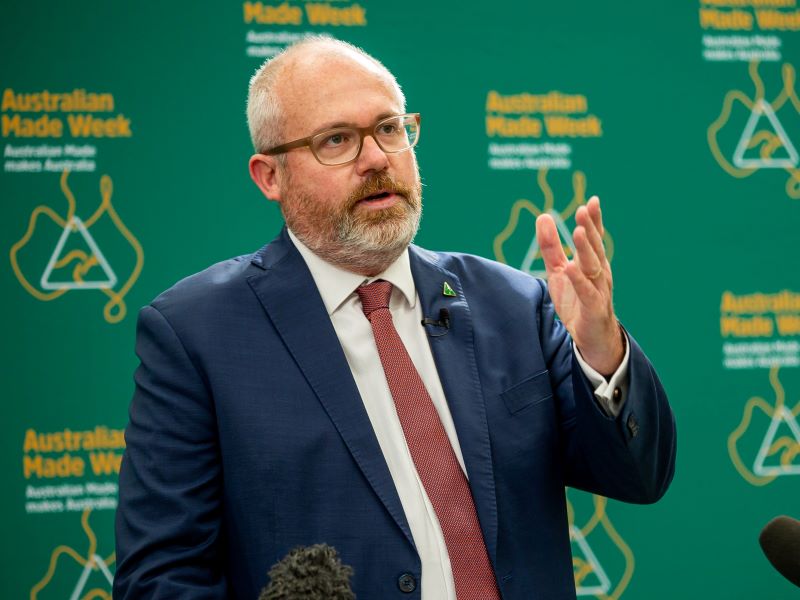The opportunities in front of Australia for reindustrialisation right now across everything from metals processing to quantum computing “is a train that only leaves the station once,” according to Assistant Minister for Trade and Manufacturing Tim Ayres.
Making the most of those opportunities will need a coordinated effort of federal, state and local governments, particularly in relation to place-based initiatives like clusters and hubs aimed at encouraging co-investment and collaboration.
Senator Ayres, who last week spent three days touring the New England Renewable Energy Zone being pursued by the Minns Government in NSW, says the reindustrialisation opportunities will have outsized benefits for outer metropolitan areas and the regions.
The federal policy drivers are the net zero energy transition, and secondly the economic resilience imperative, with the Albanese government putting forward large-scale investment programs targeting areas where Australia has comparative advantage or where there is a clear national interest.
Senator Ayres will provide a keynote address to InnovationAus.com Advanced Manufacturing and Strategic Industries forum in Sydney on July 25, the first of four forums being held across four cities as part of The Industry Papers program.
“We are at a historical juncture, where Australia has that the opportunity to reindustrialise – from metals processing through to quantum, from production through to advanced manufacturing and innovation,” Senator Ayres said.
“That does require a strong sense of national purpose and putting aside partisanship and focusing on what’s in the interests of the country.

“The weight of federal policy effort is in the National Reconstruction Fund and in the Future Made in Australia [programs], targeting the sectors that have either comparative advantage or a clear national interest for Australia.
“But secondly, we’re engaged in a series of these emerging place-based initiatives around the country, whether they are hydrogen hubs or cluster in places like Gladstone, or the emerging possibilities for green iron and green steel around the country.”
Senator Ayres said “even some of the desiccated souls of the economist community” agreed that there is evidence for the positive agglomeration effects of place-based strategies like clusters and innovation hubs.
There was a coordination challenge in making sure that the governments are working together effectively.
The history of state cooperation “hasn’t always been glorious” in terms of investment competition, but the scale of the shared opportunity for reindustrialisation should encourage a sense of national purpose.
“There’s always going to be a competitive dynamic [between states], but we’ve got an opportunity as a country to get our institutions working together in the national interest, and I think that goes for the Commonwealth relationship with the states and territories as well,” the senator said.
“What we do over the next decade will be completely consequential in terms of the future shape of the Australian economy, our future economic resilience, and whether or not we capture our natural advantages – particularly in terms of renewable energy – for future generations.
“This is a train that leaves the station only once,” and the government is determined to capture that opportunity.”
Other speakers at The Industry Papers Advanced Manufacturing and Strategic Industries forum include Liberal senator and former Australian ambassador to Israel Dave Sharma, Sydney Nano director Professor Stephen Bartlett, Semiconductor Sector Service Bureau (S3B) CEO Nadia Court, Diraq head of engineering Dr Chris Escott, and Q-CTRL chief scientific officer Michael Hush.
You can find a full list of speakers here, or book your ticket to the event here.
Do you know more? Contact James Riley via Email.

